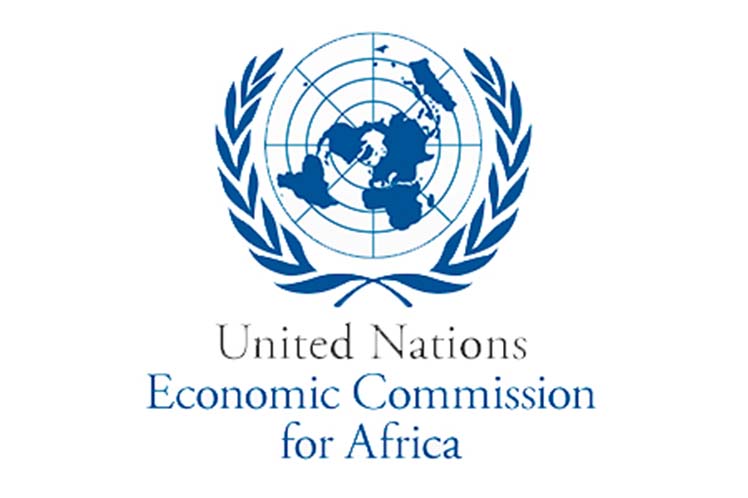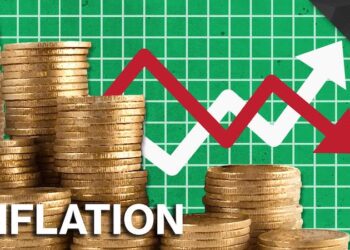Abuja. Sept. 3, 2023:Africa must swiftly harness its rich mineral and natural resources to drive a clean energy revolution and accelerate sustainable development amidst the current climate crisis.
The Acting Executive Secretary of the Economic Commission for Africa (ECA), Antonio Pedro, said this in a statement on the commission’s website.
Pedro spoke during the 11th Conference on Climate Change and Development in Africa (CCDA) in Nairobi, Kenya.
The CCDA was held ahead of the Africa Climate Summit taking place from Sept.4 to Sept.6, themed: Driving Green Growth and Climate Finance Solutions for Africa and the World.
According to Pedro, Africa is a solutions powerhouse for saving the climate.
He said Africa had abundant renewable energy resources, including 40 per cent of the world’s solar irradiation potential, making it a great location for advancing green hydrogen.
“Already, multiple low-carbon hydrogen projects are in development in Egypt, Mauritania, Morocco, Namibia, and South Africa.
“Africa is also rich in cobalt, manganese, platinum, lithium, and copper, critical minerals for producing batteries and other green transition products.
“The drive toward achieving net-zero emissions is expected to trigger a 40 fold increase in lithium demand and a 25-fold increase in cobalt demand.
“ Furthermore, Africa is home to rich natural capital, such as the Congo Basin which contains some of the largest tropical rainforests in the world,”he said.
The executive secretary said that using nature-based sequestration alone, African countries could provide up to 30 per cent of the world’s sequestration needs.
Pedro said a key challenge, however, was in effectively and sustainably harnessing the continent’s abundant resources for the benefit of its people.
He said: “To mobilise the necessary funding, a paradigm shift is necessary. Africa’s renewable and non-renewable resource are assets for mobilising climate finance and investment.
“The ecological services provided by Africa to the world need to be monetised through carbon markets and other innovative instruments including debt-for-climate swaps.
“Studies show that African countries can mobilise up to 82 billion dollars annually by participating in well-functioning carbon markets.
“Besides, more income can be generated from value chains around non-renewable resources such as critical minerals crucial for battery production.”
According to Pedro, our renewable and non-renewable resources must be harnessed to secure Africa’s human, energy, food, mineral, environmental and climate security, meeting basic needs and fostering sustainable structural transformation.
Meanwhile, Soipan Tuya, Kenya Minister of Environment and Forestry, said Africa’s sustainable development hinged on the successful adaptation and mitigation of climate change impacts.
Tuya said this was because the continent’s growth depended heavily on climate sensitive sectors and natural resources.
She said Africa was capable of overcoming climate change challenges and turning them into development opportunities.
According to her, this can be achieved through innovation, clean technologies and a paradigm shift that unlocks Africa’s huge natural resource and human potential.
“Harnessing these rich enormous resources, however, requires mobilisation of financial resources from both domestic and international sources.
“To enable Africa tackle climate change and facilitate the option for clean and low carbon development pathways.
“Africa is bearing the brunt of climate change more, in spite contributing the least to it.
“ Increased droughts, intensive tropical cyclones, high temperatures and extensive floods have affected lives and livelihoods across Africa, limiting the continent’s ability to achieve sustainable development.
Africa is estimated to spend five per cent of its annual GDP on climate crises in 2030 based on a warming scenario of two degrees, with the Sahel region paying as much as 15per cent.
The African Group of Negotiators on Climate Change estimates that Africa will require between 65 and 86.5 billion dollars annually for adaptation alone up to 2030.
Currently, the continent receives a mere 11.4 billion dollars in adaptation financing per year.













